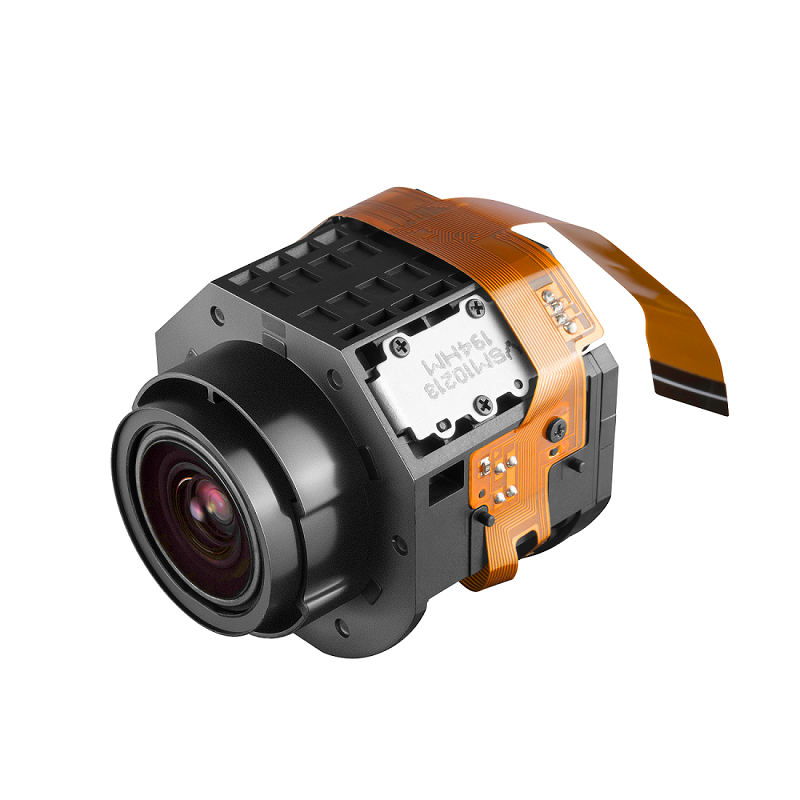Industrial News

Bifocal resin lenses have revolutionized the eyewear industry, providing an effective solution for individuals with both near and distance vision problems. Understanding the prescription and adjustment methods for bifocal resin lenses is crucial for opticians and wearers alike. This article comprehensively explores these techniques, ensuring a deeper understanding of their application and benefits.
The Significance of Bifocal Resin Lenses
Bifocal resin lenses address the challenges faced by individuals with presbyopia, a common age-related vision condition. These lenses incorporate two optical powers in a single lens, allowing wearers to see clearly at varying distances. The lower part of the lens is dedicated to near vision, while the upper portion corrects distance vision. The ability to eliminate the need for multiple pairs of glasses makes bifocal resin lenses highly convenient and popular.
Prescription Techniques for Bifocal Resin Lenses
The prescription of bifocal resin lenses requires a thorough understanding of the wearer's visual needs. Opticians utilize various techniques to determine the appropriate power distribution and segment design. One such method is the "addition" technique, which involves prescribing an additional power to the lower part of the lens for near vision correction. Additionally, the "fitting height" technique ensures proper alignment of the bifocal segment with the wearer's eye, maximizing visual clarity.
Adjustment Methods for Bifocal Resin Lenses
Proper adjustment of bifocal resin lenses is crucial to ensure optimal comfort and functionality for the wearer. Adjustment techniques primarily focus on aligning the wearer's pupil with the segment line in the lens. Opticians may utilize the "welding line" method, which involves aligning the segment line with the line of sight. Alternatively, the "pupil center" technique ensures proper positioning of the segment in accordance with the wearer's pupil location, allowing for precise near and distance vision correction.
Final Thoughts
Bifocal resin lenses offer a convenient and effective solution for individuals with presbyopia, combining near and distance vision correction in a single lens. Opticians employ various prescription techniques, such as the "addition" and "fitting height" methods, to ensure accurate vision correction. Proper adjustment techniques, such as the "welding line" and "pupil center" methods, maximize comfort and visual clarity. Understanding these prescription and adjustment methods is crucial for both opticians and wearers in order to fully benefit from the advantages of bifocal resin lenses.
Summary:
Exploring the prescription and adjustment techniques of bifocal resin lenses is essential for understanding how to effectively cater to individuals with presbyopia. These lenses provide a convenient solution by incorporating two optical powers in a single lens. The prescription techniques involve determining the power distribution and segment design, while adjustment methods focus on aligning the wearer's pupil with the segment line. By considering these techniques, opticians and wearers can ensure accurate vision correction and optimal comfort.
 English
English  German
German Japanese
Japanese Korean
Korean Vietnamese
Vietnamese French
French Spanish
Spanish भारत
भारत



